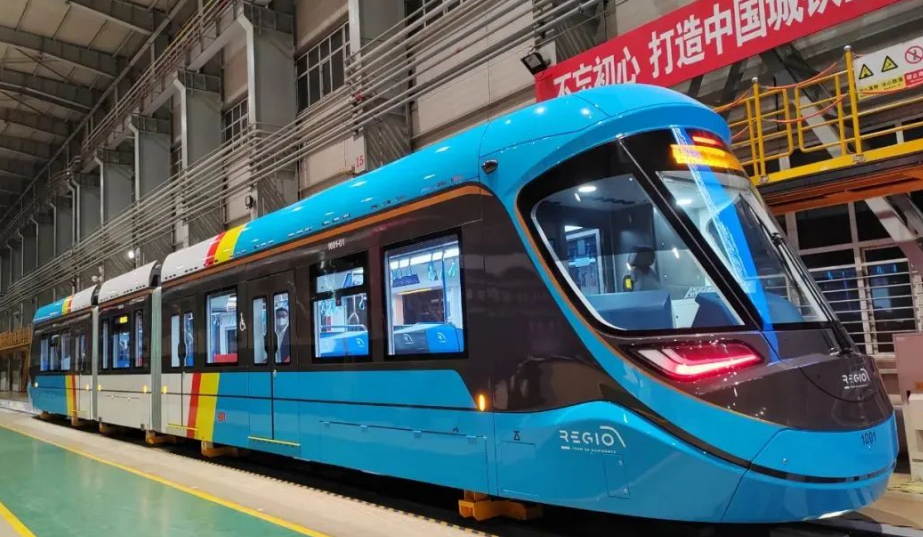Colombia is one of the leading countries in sustainable mobility in Latin America, with one of the largest electric transport fleets in the region, in addition to large investments by manufacturers to promote the adoption of low-emission vehicles.
This year, Bogota received a new recognition at the International Mobility Awards in Madrid, Spain, obtaining the distinction for being the city that is promoting sustainable mobility the most.
The aforementioned, together with major railway projects, suggest that the coffee-growing country will continue to be at the forefront of sustainable mobility.
Read also: Partnership Between Enel X Way and Mercado Libre Brings Over 100 Charging Points in Chile
Public Policies
The Mayor of Bogota, Claudia Lopez said that the country’s capital is a leader for having clear goals in environmental care with the Climate Action Plan.
She added that the city also has goals for greening, waste management and the transition to sustainable mobility through the Metro lines.
She recalled that the District is betting on four mega-works that seek to decongest the entrances and exits of the city. The expansion of Carrera 7, the southern ALO, the new Calle 13 and the expansion of the Autopista Norte are the projects highlighted by López. Likewise, one of the flags of sustainable mobility in the city is the construction of the Regiotram project.
In December last year, work began on the Regiotram de Occidente, which, when completed, will become the “first inter-municipal public transport train in the country”.
It is expected to have a length of 39 kilometers and 17 stations. The project is designed as a light rail system, which will be electrically powered and will run along the old rail corridor.
The RegioTram de Occidente project is contemplated as an electric train for regional passenger transportation. It will connect the municipalities of Funza, Mosquera, Madrid and Facatativá with the District, operating in suburban and urban areas.
Most of the project’s route will run along the existing rail corridor. This project has an approximate length of 40 km, distributed in 25 km in the aforementioned municipalities of La Sabana and 15 km in the Capital District.







